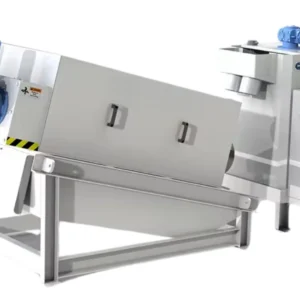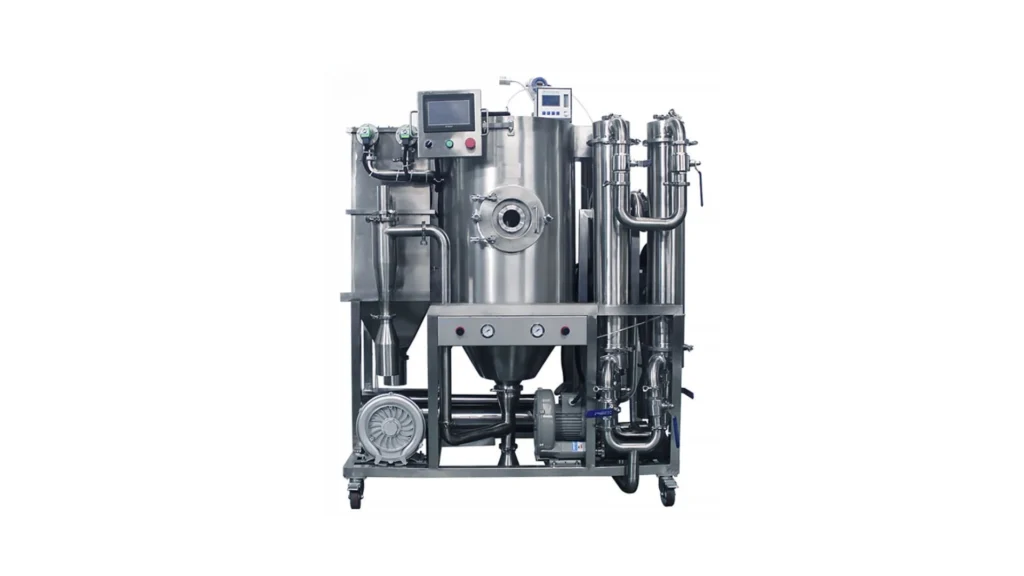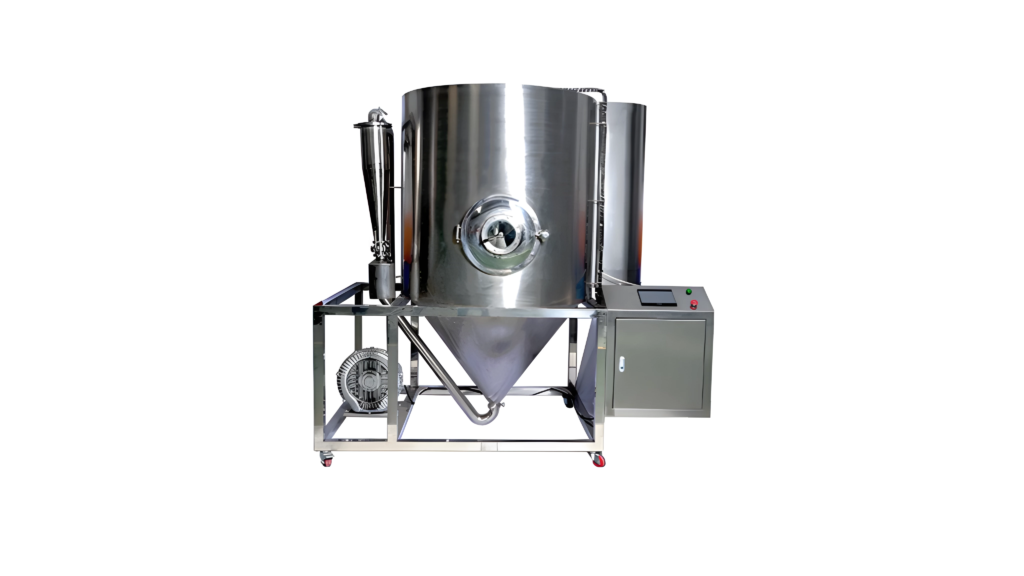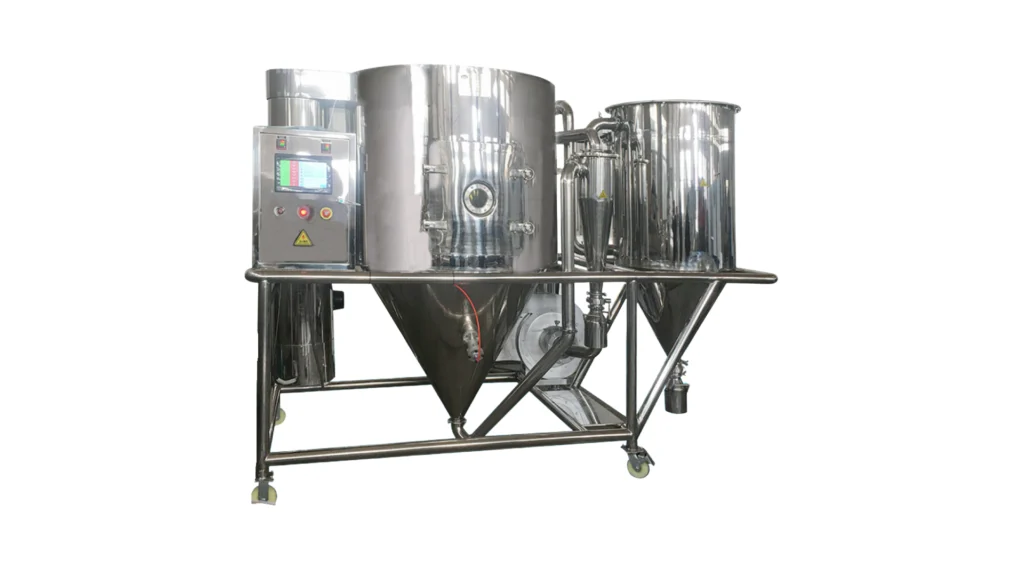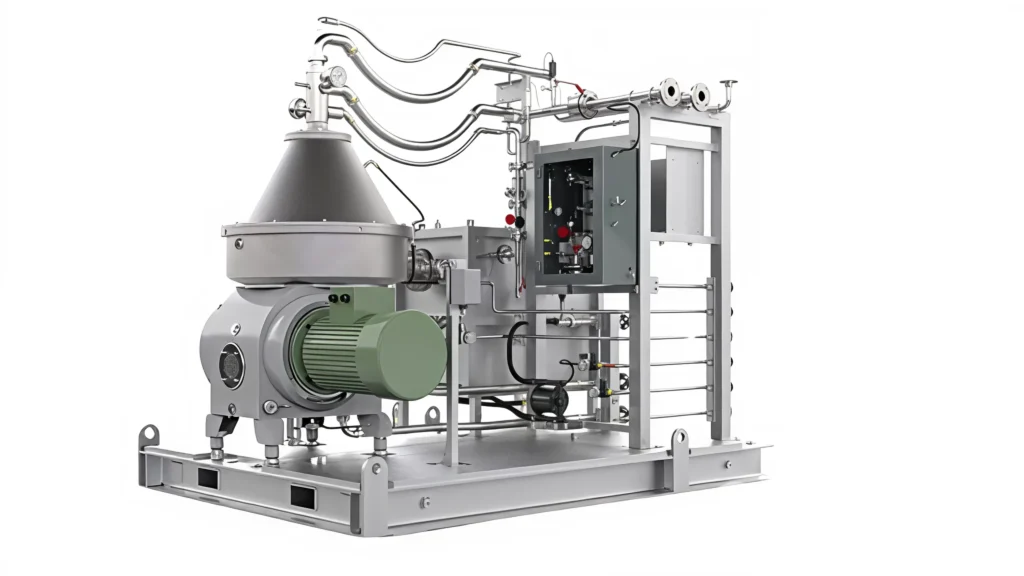
EFFLUENT TREATMENT PLANTS
Advanced technology for effluent treatment
EFFLUENT TREATMENT PLANTS
DAF and coagulation-flocculation systems for oil and grease separation in wastewater The most effective option is to separate oils and greases through primary treatment by dissolved air flotation (DAF). After this primary treatment, the wastewater can be sent to other treatment equipment with guarantees that the secondary treatment process will not be compromised.
Benefits of its implementation:
– Environmental Protection: By reducing contamination of receiving water bodies, it contributes to the preservation of aquatic and terrestrial ecosystems.
– Regulatory Compliance: The plant ensures compliance with current environmental regulations, avoiding sanctions and strengthening the company’s social and environmental responsibility.
– Water Reuse: Treated water can be reused in various industrial processes, in irrigation of green areas or even in urban applications, promoting sustainable water resource management.
– Cost Reduction: In the long term, water treatment and reuse can result in a significant reduction of operating and water supply costs.
– Description of the Treatment Process
The effluent treatment process at this plant is divided into several key stages:
– Pretreatment: includes the removal of coarse solids and floating materials by screening and desanding.
– Primary Treatment: Consists of sedimentation to remove suspended solids and reduce the organic load.
– Secondary Treatment: Uses biological processes, such as activated sludge or biological reactors, to degrade dissolved organic matter.
– Tertiary Treatment: Employs advanced techniques such as filtration, adsorption and disinfection to remove residual contaminants and pathogens, ensuring high quality treated water.
Design and Operation Considerations:
The plant has been designed with key factors such as variability in effluent flow, pollutant loading, and energy efficiency in mind. In addition, automated monitoring and control systems have been incorporated to optimize operation and ensure process stability.
Products
Related Products
In this category, you will find more products.

